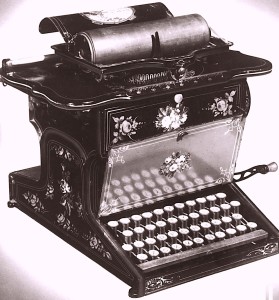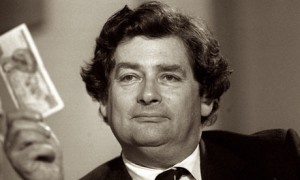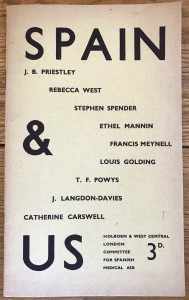A few brief notes on tipping. Tipping is a controversial business – in some cultures it is deemed insulting, in others almost obligatory. Are wealthy people expected to give larger tips? I spoke to a taxi driver who drove Ringo to Liverpool from London in the 1970s and the great drummer gave him a £100 tip, the best he had ever had. There is the story of the rich man who was so impressed by the service of a waiter that he bought the restaurant and gave it as a tip – in some versions of this tale the waiter is said to be the hotelier Cesar Ritz. In one of John Le Carré’s novels a character suggests that people (like him) who over-tip are held in contempt by waiters etc., The idea is that the over-tipper is a sad, inadequate person trying to be liked, or at very least, showing off his wealth..
Francis King wrote of his time escorting extremely wealthy fellow author Somerset Maugham around Japan is the early 1960s – “..in a restaurant he gave a vast tip to two charming and attentive waitresses. Seeing that I was astonished he told me: ‘Never believe the idiots who tell you that people despise those who overtip. That’s a fiction put about by the miserly. On the contrary, people are always delighted if you give them more than they expect.’
One wonders whether Henry James was an over-tipper. His advice was: ‘Three things in human life are important: the first is to be kind; the second is to be kind; and the third is to be kind.’

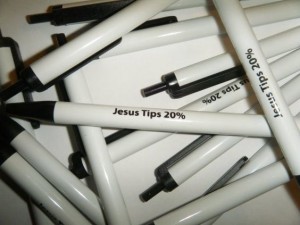
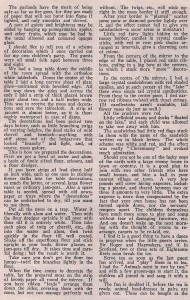
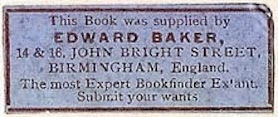

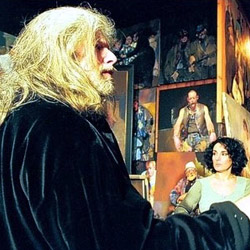

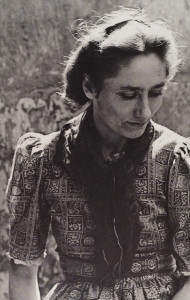

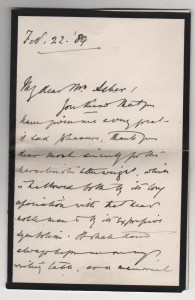
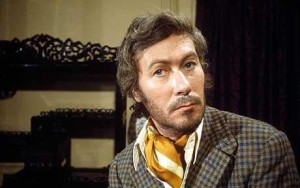 Found, a letter dated 6th December 1990 from someone called Rudi to the playwright John Osborne, whom he addresses as ‘ Colonel’, presumably a reference to Colonel Redl, the protagonist of Osborne’s controversial play A Patriot For Me (1965).
Found, a letter dated 6th December 1990 from someone called Rudi to the playwright John Osborne, whom he addresses as ‘ Colonel’, presumably a reference to Colonel Redl, the protagonist of Osborne’s controversial play A Patriot For Me (1965).




